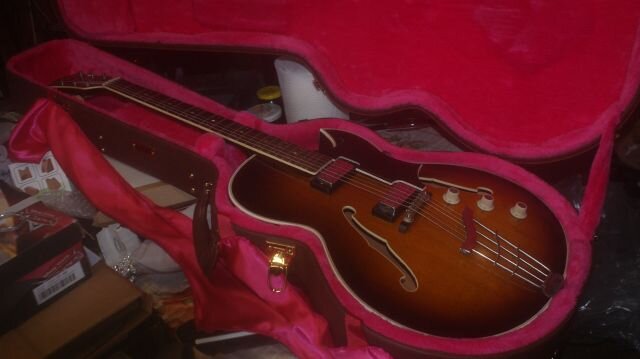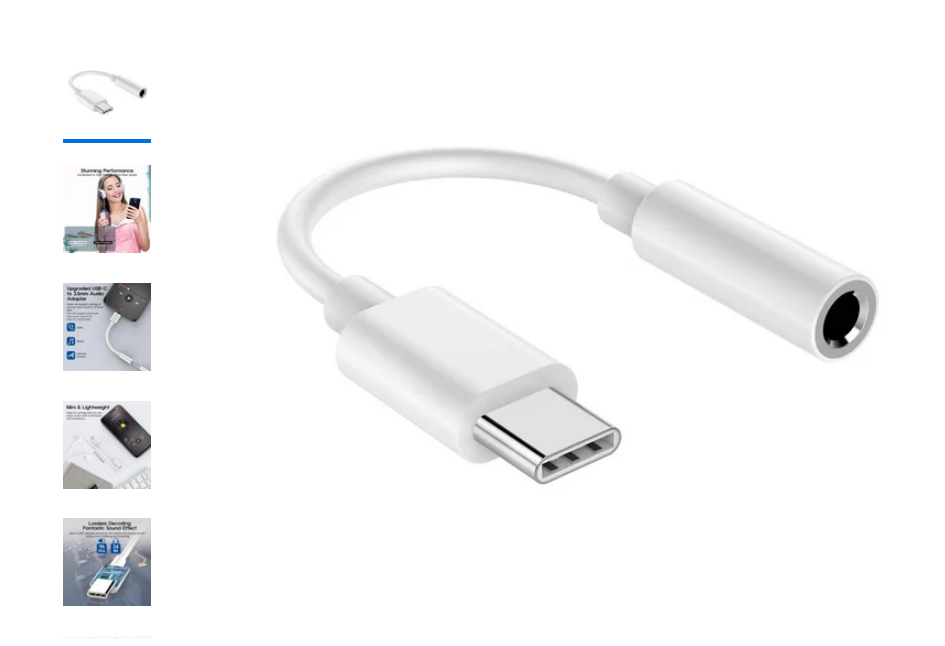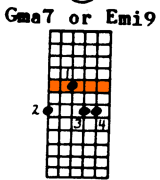-
Posts
1,231 -
Joined
-
Last visited
-
Days Won
224
Content Type
Profiles
Forums
Events
Shop
Posts posted by Dad3353
-
-
Good morning, @Diary Of An Axeman, and ...

... Plenty to read and amuse you here, and lots to learn and share.

-
 1
1
-
-
Good afternoon, @Runningblueowl, and ...

... Plenty to read and amuse you here, and lots to learn and share.

-
Trs is for headphone alone. Trrs is for headphones with a mic. It's the former that's required for getting audio out for the PA.
-
Good afternoon, @kaigr0hl, and ...

... Plenty to read and amuse you here, and lots to learn and share.

-
I had already pre-empted Christmas in offering to myself my bucket-list guitar : a Hofner President E2 thinline, Florentine cut, having foolishly traded away the first one I had, late '60s. Half a century later, I got this one from a Reverb seller in Sweden. The Christmas gift..? Our Daughter, thinking (rightly...) that it would be difficult to find something I'd want/need that I didn't already have, posted a sum of money into my bank which covered the cost of the hard case and shipping of my dream guitar. Much appreciated, and a Very Nice Surprise. Here's a (bad...) photo of the delivery and unpacking of the guitar...


-
 2
2
-
-
A USB 'C' does not pass audio signals, so cannot drive a PA at all. There is an adapter/dongle which converts USB digital data to audio, with a 3.5 socket for a headset. That's the way to get audio from the 'phone to the PA. It can be done with a Bluetooth receiver plugged into the PA, too, but it's a bit more messing about. Walmart carry such a dongle...
Walmart : Samsung Flip 6 usb 'C' to 3.5 dongle usa ...

Hope this helps.

-
30 minutes ago, BrendanC123 said:
The Low E and A strings on my Fazley FLP318 Les Paul copy are buzzing but the other 4 strings don't. They buzz when played open and when pressed down. What adjustments have to be made?
If you're asking the question, I'd suggest that it would serve you best to advise taking it to a competent guitar technicien near you. There are many potential causes, and as many cures, but it would be impossible to 'talk you through it' if you've not any experience of guitar set-ups. A tech can do the job, quickly and cheaply, and give you tips on how to recognise the simple issues, and how to do simple set-ups yourself. There are issues that require knowledge, experience, tools that make a tech a Good Investment. Other jobs you can do yourself, gaining knowledge and experience; the skill is knowing what one may do and what one may not. What you describe is not particularly difficult, for a tech, but it would only lead you astray, and maybe do more harm than good, to try to diagnose the issue. Take it to a tech and learn from him/her, I say. Hope this helps.

-
Good evening, @GrandadJohn, and ...

... Plenty to read and amuse you here, and lots to learn and share.

-
 1
1
-
-
The ME-80 was launched ten years ago; that's quite a while in these circles. We have the bass version; it's very good, for its generation. The GP200 (and its sister versions...) is very much more modern. In ten years time it will doubtless be less attractive, but as of today, it has a fine reputation, and most functions required by most players. Try it anyway, and, if you're buying through t'web, send it back if you are not convinced of its qualities. Just my tuppence-worth.

-
 1
1
-
-
I'm not an exponent of the 'tonewood' school of thought. I'm rather 'tone is in the fingers'; two different players will sound different, even given the same guitar to play. If we eliminate the extremes (papier-maché, solid lead...), the stuff they're made of has very little influence on the 'tone'. Still less influence once any kind of disto pedal is involved. Still, some folk enjoy cork-sniffing or developing bat-like hearing rather than playing whatever they have on hand. It's good for commerce, so it's not all bad.

-
Too many to list, really, but some names that spring to mind (bear in mind that I'm old..!)...
Richard Thompson (Fairport Convention and more...)
Jorma Kaukonen (Jefferson Airplane, Hot Tuna...)
Bobby Weir (Grateful Dead...)
Paul Kantner (Jefferson Airplane...)
Mickey Baker (see his Jazz Guitar Method books...)
John Lennon (Some Merseyside group or other...)
Bryan Maclean (Love...)
-
 1
1
-
-
Our Eldest uses Lace p-ups; I'll ask him about screw sizes, and Lace contacts. Are they not replying to emails..? What do you want to ask a human about..?

-
22 hours ago, dewayne said:
i have a thin body single cutaway type guitar made in Miss. that has a very thin neck. I have played slide on it a few times with 10's tuned no higher than open G but was wondering i there a Semi permanent way to stiffen up the neck to accomodate 11's tuned up to open A#. I dont plan on sellingGtr but do no want to permanently alter........ And i dont care how it looks just don't want to damage neck. Truss is doing all it can.
I'd be wary of over-tightening a neck with too much string tension. If you have doubts, best to desist, I'd say. I know of no way of reinforcing a neck, and if the truss rod is not enough, permanent damage would very likely result from going any further.
You could try 11's, but tune to open 'F' and use a capo. Would that not suffice..?

-
2 hours ago, Woodinblack said:
Hi - this is for site issues, such as forums not working, you would probably have more luck posting a question in amps and cabs
(@Woodinblack : I've moved it to 'Amps'n'Cabs'...)
@dewayne : The jack sockets on the front of the amp are for plugging in the instrument. The jack sockets at the rear are for inserting Fx such as reverbs, delays or flangers etc. They are not designed to send nor receive signals straight from an instrument (different impedance and output levels...). Here's a decent page explaining in more detail what's what that you might like to consult...
Effects Send and Return and Why You Should Use Them ...
Hope this helps.

-
15 minutes ago, Rosie C said:
It's a year later, but I do like the idea of a balanced XLR connector...
Useful for plugging into my Tascam interface, and would also be good for sending to FOH if I played 'live'. I don't know why more don't do things this way.

-
 1
1
-
-
22 minutes ago, Rosie C said:
Strangely I can reply to posts in "Introductions", "Off Topic", etc. but all the posts I've looked at in "General Discussion" are locked for me?
I've 'Reported' this, hoping to get a reply from Admin. I'm only a Mod; I can't see anything untoward. We'll see what the Upper Echelons think of it. A bit of patience, please..?

-
 1
1
-
-
Good evening...
I'd wonder why you specifically want a valve amp in this range. This amp has two EL84 valves, which do not have the same tones as the classic Marshalls. Not that that's a Bad Thing, but it means that you can't refer to the 'Marshall Sound' with it; it's more like a 'Vox AC30' style. If you have played one, and like it, that's fine, of course, but it wouldn't do for me.
For half of that money, I'd recommend a BlackStar or a Boss Catana, both solid state, with 50 and 100 watt models with far more tone choices, all of them good, at all volume levels. I've a healthy respect for the 'Marshall Sound' in its historic context, and they do some good combos, but this model is not voiced like these. Your choice, naturally, but, unless you've chosen it for its own sound, I'd suggest looking wider.
Disclaimer : I'm old, and a drummer, to boot, soooooo...

-
 1
1
-
-
-
 1
1
-
-
36 minutes ago, Hawesomedown said:
Can anybody recognise which fender amp this is or otherwise deduce it? Video is from 1995. Timestamped
It's pretty certainly a ubiquitous Fender Twin Reverb, a 'standard' for this type of use. May I ask 'Why the question..?' Surely not for the horrendous tones recorded on that video..?

-
1 hour ago, dewayne said:
May i ask what region? Country?
Yes, you may.
...
Are you going to..?
...
...
...
...
Just kidding; Lower Normandy, France.
...
...
...
France is in Europe.

-
1 hour ago, dewayne said:
Is that road sand? ...
Tarmac was renewed, a few years ago now, but with the daily passage of our neighbour's tractor, it gets muddy pretty quickly, which dries to a sandy dust. The fog is a common feature of our micro-climate here; this region is not known for its droughts. This keeps the grass green.

-
1 hour ago, S.jxo said:
Hi! I’m looking at getting a secondhand twelve string...
Price for price, and for equivalent condition, I'd suggest that the Fender would be the better deal. Any signs of repair, on any such guitar, would need to be fully investigated (this goes for most s/h acoustics, of course, but 12-strings have their own foibles...). Check carefully that the sound board (table...) of the guitar is nice and flat; some models have a tendency to have the bridge pull up, forming a 'belly', due to the extra tension of so many strings. To prevent this, it was a 'standard' trick to tune down one tone ('E' becomes 'D' etc...), and use a capo at the second fret to bring it back to regular 'E' tuning. It's always best to have a decent gig bag, at least, or a hard case; be aware that the extra headstock length has to be taken into account when buying a case.
Other than that, it's much like any other s/h guitar. I'd expect to pay about 300€ for those models, in good condition for their age, maybe a bit more for the Fender, but not the double. Good luck with the hunt; report back here when you find what you're after..? Hope this helps.
-
 1
1
-
-
2 hours ago, Steevo25 said:
... Why do you not strum some strings in a chord even though those string are notes from the triad...
The technical reason is that chords are, in their basic form, defined by their lowest note (so an 'Am' should have an 'A' as its lowest note...) the open 'E', although in the triad, robs the 'A' of its status; the chord becomes 'E, A, C' instead of 'A, C, E', and could be named 'E sus4#5', following the 'lowest note gives the name' notion. In practise, everyone would still call it 'Am', or better still 'Am/E' (the stroke indicates that it has an 'E' as a bass note...).
I'd echo the above ^^ advice about strumming all the strings, all the time, and try to only play the strings that 'count'; in the 'Am' example, the low 'E' would, indeed, 'muddy' the sound.All chords have multiple names, for the same set of notes, and it should be the lowest note that gives the 'usual' name. These 'enharmonic' chord names are seldom used, though, except in particular circumstances when composing specific harmonies. One may play an instrument for one's whole life and never come across this; they do occur in orchestral composition, or jazz themes, though; here's one from the Mickey Baker jazz method...

It takes its name from the 'root' 'G' on the 'D' string, or from the 'missing' root 'E' played by a bass player, and absent from the chord on guitar. Either way, only the strings fingered are played, never the 'open' strings.
Disclaimer : I tend to prefer other voicings, and would privilege 'moveable' chords, that don't use open strings at all, and can therefore be played anywhere on the neck. I seldom play all six strings (usually four, often three...) by 'clawing' with my right-hand fingers, rather than strumming 'up'n'down'. There are exceptions (jig'n'reels in 'D', using hammer-on's for melody lines, or open tunings...).Hope this helps.

-
48 minutes ago, Graham50 said:
I’m pleased to see it has a tunomatic type bridge not the awful bit of wood with fret wire slotted in that early Hofners had. I had a Club 40 as must first ‘decent’ guitar.
Don't knock it until ...





Small crack near Takamine preamp
in Guitars
Posted
You're right, no impact on sound nor playing. It will probably remain stable for years, but keep an eye on it now and again. It could be touched up with a furniture touch-up pen, just to hide it a little, but just put it down to 'character' and play on.